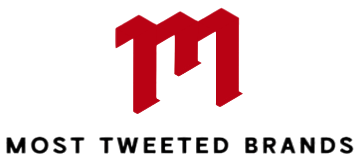Buying a home is one of the most important decisions in a person’s life. It can feel overwhelming with so many choices, paperwork, and financial considerations involved. A real estate agent acts as a trusted guide, helping buyers navigate the entire process with clarity and confidence. With their experience, knowledge of the market, and understanding of buyer needs, agents can make the homebuying journey smoother and less stressful. From finding the right property to negotiating the best deal, a skilled agent ensures every step moves efficiently, saving time, money, and effort.
Understanding the Market
A real estate agent provides a clear picture of the current housing market. They help buyers:
- Identify neighbourhoods that match lifestyle and budget.
- Compare prices to avoid overpaying for a property.
- Recognize trends that can affect long-term investment value.
With this guidance, buyers can make informed decisions rather than relying on guesswork.
Finding the Right Home
Searching for a home alone can be overwhelming. Agents:
- Filter listings to match exact needs and preferences.
- Arrange property viewings and provide detailed insights on each option.
- Highlight potential issues or advantages that might not be obvious to first-time buyers.
This focused approach saves buyers from wasting time on unsuitable properties and ensures they see homes that truly meet their needs. Makelaar Wognum simplifies buying and selling properties with a proactive approach and strong market insights.

Negotiating with Confidence
One of the most challenging aspects of buying a home is negotiation. Agents bring experience and strategy to the table:
- They advise on fair pricing based on market analysis.
- Handle counteroffers and protect buyers from unfavorable terms.
- Ensure all contractual obligations are clearly understood before signing.
Negotiating through an agent reduces stress and increases the chances of a favourable deal.
Handling Paperwork and Processes
Home purchases involve a lot of documentation. Agents simplify this by:
- Managing contracts, disclosures, and deadlines efficiently.
- Coordinating with lenders, inspectors, and legal professionals.
- Providing step-by-step guidance to avoid costly mistakes or delays.
Having professional assistance ensures the transaction progresses smoothly and securely.
Providing Emotional Support
Buying a home can be emotionally charged. Agents offer:
- Reassurance during decision-making moments.
- Objective advice when emotions may cloud judgment.
- A consistent point of contact for questions and concerns.
This emotional support boosts confidence and reduces anxiety throughout the process.
Working with a real estate agent transforms the homebuying experience from daunting to manageable. Their expertise, market knowledge, negotiation skills, and support allow buyers to feel confident and prepared at every stage. From finding the perfect home to closing the deal, an agent ensures a smoother, more successful journey. With professional guidance, buyers can focus on making their dream home a reality without unnecessary stress.







